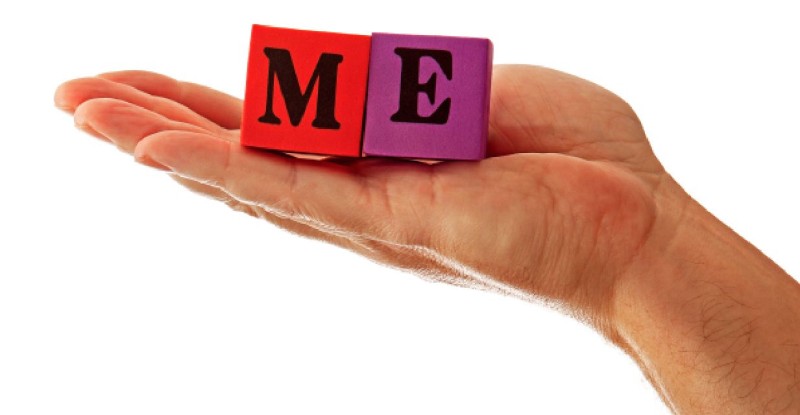Loyalty can be a challenging concept to pin down. Customers and companies often come at it from wildly different perspectives, leaving a gaping chasm in the middle. Narrowing that gap and making both sides feel like they’re getting something from the relationship is a challenge. For many years airlines have extended benefits to large groups of “elite” passengers, while retaining unpublished or highly exclusive programs for their biggest spenders. More recently, however, there has been a shift towards more direct recognition of revenue. And the pace of that shift seems to be accelerating.
Money Talks
Want top elite status at many carriers? That’s going to cost you. Delta and United introduced a spend requirement for any elite recognition this year. Lufthansa’s Miles & More does not explicitly require it but qualifying for top-tier HON status without significant spending is very difficult. Singapore Airlines’ PPS Solitaire program comes with a S$25,000 price tag. And just recently Qantas became the latest airline to alter their program’s earning structure, increasing the earning rates for premium cabin passengers while cutting the rates at the bottom of the fare chart.
For the big spenders – generally those traveling on expense accounts – these changes are not a huge deal. Plenty of customers meet the spend requirements without getting the requisite number of miles for the top recognition. And the airlines are doing what they can to attract those passengers, through improved premium cabin services and other amenities. Big spenders are generally benefitting from the changes.
But what about the rest of the passengers? Surely there is a pool of “regular” customers who show loyalty but who don’t spend quite as much each year.
Other types of recognition
It was early 2012 when United’s CFO John Rainey suggested that some elites were “over-entitled.” That comment was not well received but the underlying premise holds. United was giving away too much to their lowest tier of elites. Still, they have to give those customers something to help keep them loyal. Or at least spending more money with the airline. The issue is not unique to United. How can airlines show appreciation to the lower spenders in a manner which keeps them coming back?
There is no good answer to this question, and that spells trouble for passengers and airlines alike. More “hard” benefits cost the airlines money. Consistent delivery of “soft” benefits is a challenge even for smaller carriers. Despite these challenges the airlines must come up with ways to make these “marginal” customers show some loyalty. Without that the devolution into a commodity product where only price matters will continue, and that is the worst way for airlines to succeed, despite their behavior which often suggests otherwise.
I anticipate more differentiation between tiers, mostly in the form of further cuts at the bottom. That’s bad news for the frequent leisure travelers, except that it might open their eyes to other options they previously have not considered.
Maybe Polonius was right: Loyalty to oneself should rise above all else.











